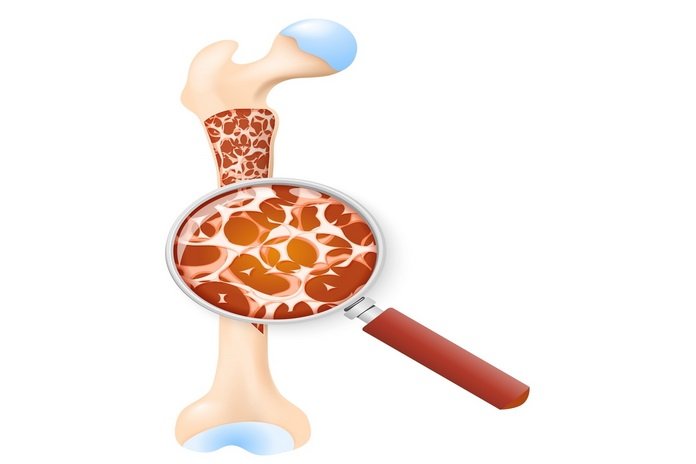Osteopenia is a situation that starts as you might lose your bone mass and bones get weak. It is not as severe as osteoporosis, but it should be taken seriously too. This occurs when the bone material that is present inside gets brittle because of the loss of calcium. It is quite common as you get older. Total bone mass reaches its higher point around the age of 35 years. People who are experiencing osteopenia are at increased risk of getting osteoporosis. Osteopenia occurs when your bones get weaker than normal but it is not that they will easily break that is the symbol of having osteoporosis. Your bones are denser when you are around 30 normally.Osteopenia, if it occurs at all, mostly happens after the age of 50 years. So the exact age relies on how strong your bones are at a young age. If they are tough then you might never have osteopenia. If your bones are not dense naturally, you might get it before. Exercise, diet, and some of the times medication might aid in keeping your bones strong and dense for so many years. Such a condition occurs when your body loses more bone than it is making. Some individuals are genetically susceptible to have it, having a family history of such a condition. if you are a woman then there is a higher chance that you might have it. Women have less bone mass in comparison to men. (1)
Also, women live quite long which means the age of their bones is more, and they do not get as much calcium as men get normally. Calcium is an essential nutrient that keeps your bone healthy. Hormone changes might occur at menopause raise the risk for osteopenia in women. While men having lower testosterone levels have increased odds of having it. If you are experiencing osteopenia, you might experience low bone density in comparison to normal. Your bone density is higher when you are around 35 years. Bone mineral density (BMD) is an evaluation of how much bone mineral is present in your bones.
The BMD calculates the risk of bone breakage from normal physical activities. Individuals who are having osteopenia have a low BMD in comparison to normal but it is not a disorder. Therefore, experiencing osteopenia does raise the risk of having osteoporosis. This bone disorder might lead to stooped posture, fractures and might lead to loss of height and severe pain. You might do something to cure osteopenia. The right food choices and exercise might aid in keeping your bones healthy and strong.
If you are having osteopenia, ask your healthcare provider regarding how you can enhance and stop worsening so you might avoid osteoporosis. Osteopenia is a reduction of bone mineral density (BMD) that makes your bones weak. It is mostly occurring in individuals who are above 50, particularly women. Osteopenia has no symptoms or signs but a screening test might measure the strength of your bone. It is a painless test. Therefore, some lifestyle changes might aid in preserving your density of bone and cure osteopenia.

